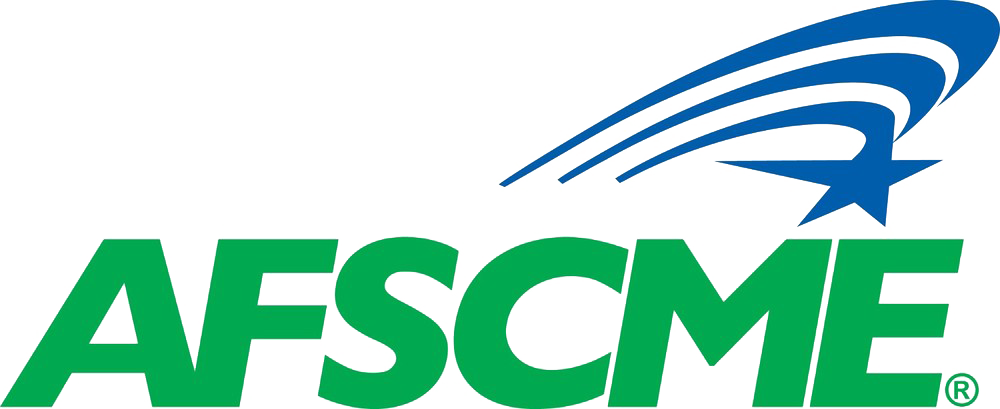Despite the growing wave of worker organizing across the country, the union membership rate last year ticked down slightly, the U.S. Bureau of Labor Statistics (BLS) reported today, underscoring the importance of initiatives like AFSCME’s Staff the Front Lines to fill job vacancies in the public sector.
The percentage of American workers who are members of unions — the union membership rate — was 10% in 2023, down slightly from 10.1% in 2022, according to the BLS report. In the public sector, the rate was 32.5%, down from 33.1% the previous year.
“It is not a surprise to see that severe staffing shortages and job vacancies in public service have contributed to a small dip in union membership,” AFSCME said in a statement.
Through Staff the Front Lines, launched last summer, our union partners with state and local governments to help recruit thousands of qualified job seekers into public service vacancies. It’s possible that these new hires are not reflected in the BLS numbers.
“State and local governments only reached pre-pandemic job levels at the end of 2023, and many of these new employees are just now signing their union cards,” AFSCME noted.
In fact, the AFL-CIO – a federation of labor unions that includes AFSCME – reports that the number of union members nationwide actually increased by 139,000 in 2023. But these new union members make up a smaller part of the growing workforce, accounting for the slight dip in the union membership rate or “density,” the AFL-CIO said.
Indeed, AFSCME membership grew in 2023, and union momentum continues to accelerate. Last year saw historic worker action, such as strikes by members of United Auto Workers (UAW), which led to robust labor contracts. Moreover, the annual Gallup survey released around Labor Day 2023 showed more Americans believe that labor unions benefit society and want to see unions’ influence strengthen over time.
The reason unions are growing in popularity and worker momentum continues to rise is no mystery. As the BLS report shows, unionized workers earn significantly higher wages than their nonunion counterparts.
The median weekly earnings of full-time wage and salary workers who are members of unions was $1,263, BLS found. For nonunion workers, the median weekly earnings were $1,090. That means, over a full year, union members earned nearly $9,000 more than their nonunion counterparts.
That’s not all. What we call the union difference is about more than wages. Being part of a strong union also means having a voice on the job, including having a say in decisions involving staffing and workplace safety, and it means better benefits including health care, a secure retirement and so much more.

